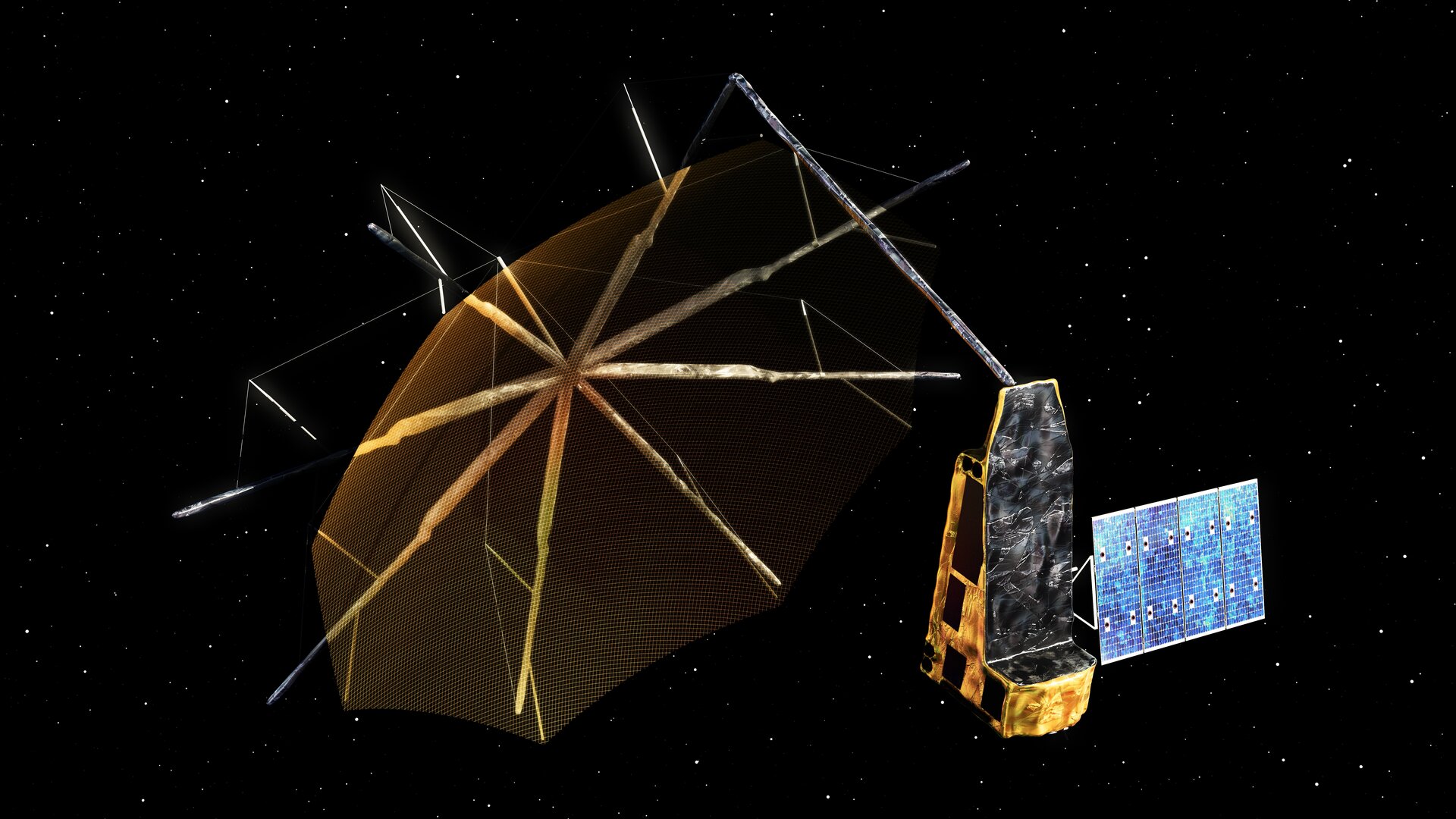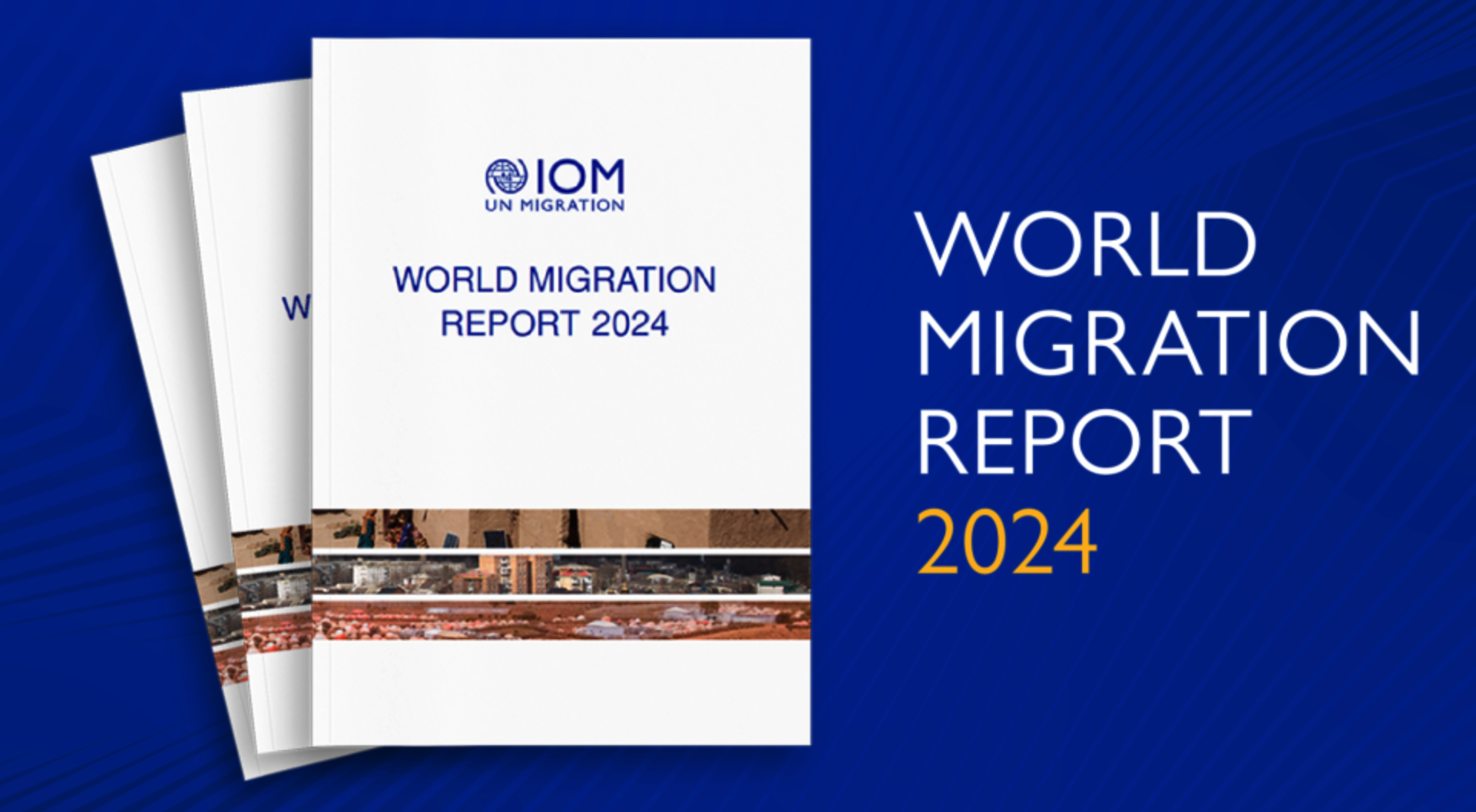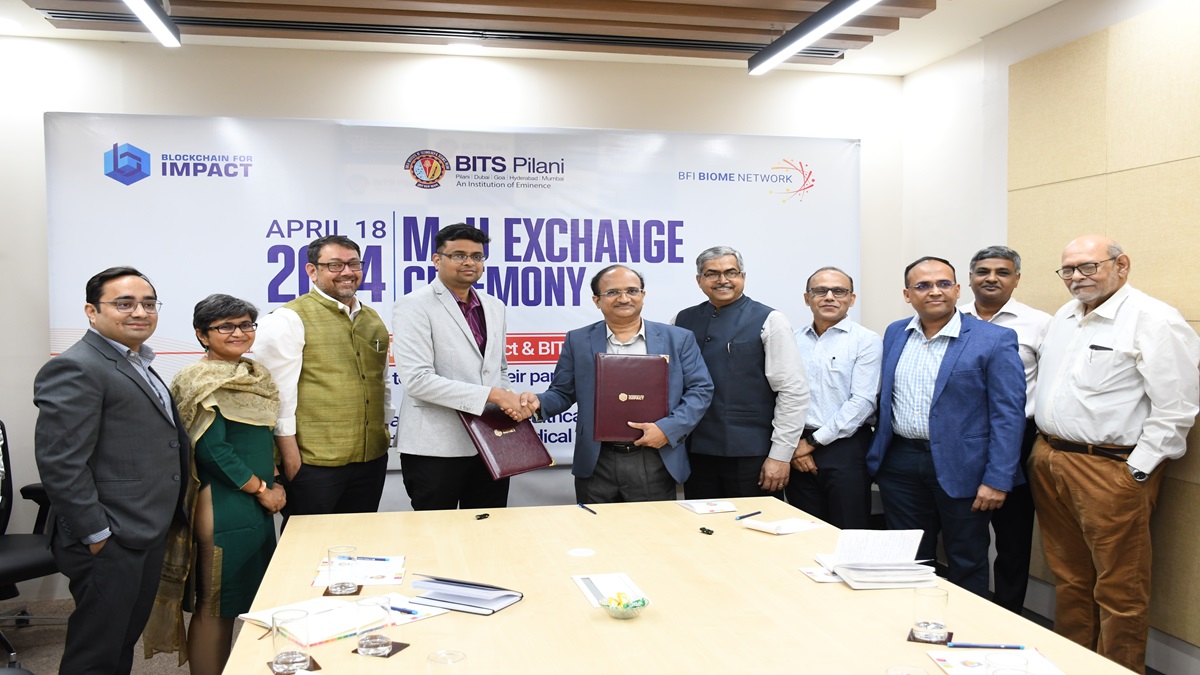High Performance Biomanufacturing Platforms
- 05 Sep 2025
In News:
- India has taken a significant step towards strengthening its bioeconomy with the launch of High-Performance Biomanufacturing Platforms by the Department of Biotechnology (DBT) and the Biotechnology Industry Research Assistance Council (BIRAC) under the BioE3 Policy (Biotechnology for Environment, Economy & Employment).
- The initiative aims to provide world-class infrastructure, tools, and expertise to start-ups, SMEs, industry, and academia, enabling the transition of bio-based innovations from laboratories to production scale.
Key Features of the Platforms
- National Network: 21 bio-enablers comprising advanced biofoundries and biomanufacturing hubs.
- Focus Areas:
- Microbial strains & smart proteins
- Probiotics & bio-based chemicals
- Next-generation cell therapies & mRNA medicines
- Marine bio-innovations
- Sustainable biofuels
- Support System: Offers integrated facilities for R&D, innovation, and commercialization.
- Alignment: Consistent with Atmanirbhar Bharat vision and India’s climate commitments.
Objectives
- Economic: Position India as a global bioeconomy leader and build a multi-trillion-dollar bioeconomy by 2047.
- Strategic: Reduce dependence on imports by strengthening indigenous capabilities.
- Social: Generate employment, build capacity, and support youth-led innovations.
- Environmental: Promote green growth and sustainable production systems.
Significance of the Initiative
- Economic Potential
- India now accounts for ~20% of global biomanufacturing capacity.
- Bio-industrial sector contributes 47.2%, bio-farmers 35.2%, bio-services 9.4%, and bio-agri8.1% to the bioeconomy.
- Reinforces India’s status as the world’s fourth-largest economy and a rising biotech powerhouse.
- Employment and Innovation
- Creates an enabling ecosystem for start-ups and SMEs, boosting entrepreneurship.
- Generates skilled jobs in cutting-edge sectors like synthetic biology, bioenergy, and therapeutics.
- Strategic Autonomy
- Enhances self-reliance in critical biomanufacturing domains such as vaccines, smart proteins, and biofuels.
- Reduces vulnerability to global supply chain disruptions.
- Sustainability and Viksit Bharat 2047
- Supports green growth through bio-based, low-carbon solutions.
- Anchors India’s long-term development vision of Viksit Bharat by 2047.
Axiom Mission 4 (Ax-4)

- 30 Jun 2025
In News:
India marked a historic moment in space exploration as Group Captain Shubhanshu Shukla became the first Indian to reach the International Space Station (ISS), 41 years after Rakesh Sharma’s 1984 mission.
Organizations Involved:
- Axiom Space – Mission organizer
- NASA – ISS host and operations support
- SpaceX – Provided Falcon 9 launch vehicle and Dragon capsule
Launch Details:
- Launch Date: June 25, 2025
- Launch Site: Launch Complex 39A, Kennedy Space Center, Florida
- Mission Duration: ~14 days aboard the ISS
Mission Objectives:
1. Scientific Research in Microgravity:
- Over 60 research experiments conducted across:
- Life sciences
- Material sciences
- Human physiology
- Earth observation
2. International Space Cooperation:
- Promotes global collaboration in low-Earth orbit science.
- Supports capacity-building for emerging space nations, including India, Poland, and Hungary.
3. National Space Program Development:
- Enables participating nations to strengthen human spaceflight capabilities.
- Acts as a stepping stone for India’s Gaganyaan and future space station plans.
Significance for India:
- Revival of Human Spaceflight:
- Marks India’s return to human space missions after four decades.
- Reinforces India's presence in international human space exploration.
- Boost to Gaganyaan Mission:
- Offers valuable operational experience and technical collaboration.
- Supports India’s vision to launch Gaganyaan, its first indigenous human spaceflight mission.
- Long-Term Space Ambitions:
- Aids India’s goal to establish its own space station by 2035.
- Positions India as a partner in space science diplomacy and global research.
- Scientific Prestige:India contributes to key microgravity experiments, enhancing its global research footprint in space.
AI and Biomanufacturing in India

- 17 Jun 2025
In News:
The integration of Artificial Intelligence into India's biomanufacturing sector is gaining momentum with the launch of the BioE3 Policy and the IndiaAI Mission.
What is Biomanufacturing?
- Biomanufacturing involves the use of living cells, enzymes, or biological systems to produce commercial goods such as vaccines, biologics, biofuels, specialty chemicals, biodegradable plastics, and advanced materials.
- The convergence of synthetic biology, industrial biotechnology, and artificial intelligence (AI) has expanded its scope across sectors like healthcare, agriculture, energy, and materials science.
- India, often called the “Pharmacy of the World”, produces over 60% of global vaccines, underlining its industrial strength in biomanufacturing.
Role of Artificial Intelligence in Biomanufacturing
AI is revolutionizing biomanufacturing by making it predictive, efficient, and scalable:
- AI-Powered Process Optimization: Machine learning tools adjust variables like temperature, pH, and nutrient supply in real time to enhance fermentation and reduce batch failure.
- Digital Twins: Virtual replicas of biomanufacturing plants allow engineers to simulate operations, test changes, and foresee potential disruptions without real-world risks.
- Accelerated Drug Discovery: AI expedites molecular modeling and screening of drug candidates, reducing time and cost of development.
- Predictive Maintenance: AI forecasts machinery failures, improving equipment reliability and reducing downtime.
- Smart Supply Chains: AI-driven logistics optimize cold-chain storage and forecast medicine demand, ensuring timely distribution.
Indian Examples and Industrial Applications
- Biocon uses AI to enhance drug screening and fermentation quality.
- Strand Life Sciences applies machine learning in genomics for faster diagnostics.
- Wipro and TCS are developing AI platforms for clinical trials, molecule screening, and treatment prediction.
- AI is also being explored in rural healthcare, using region-specific data for localized diagnostics and advisories.
Key Government Initiatives
- BioE3 Policy (2024):
- Envisions Bio-AI hubs, biofoundries, and next-gen biomanufacturing infrastructure.
- Supports startups with funding and incentives.
- IndiaAI Mission:
- Promotes ethical, explainable AI in sectors like health and biotech.
- Supports bias reduction, machine unlearning, and transparency in AI models.
- Biomanufacturing Mission (2023): Aims to promote R&D and domestic production in bio-based sectors.
- PLI Scheme for Biotech: Incentivizes local production of enzymes, fermentation inputs, and biologics.
- Digital Personal Data Protection Act (2023): Lays down principles for lawful data processing, though not tailored for AI-biotech intersection yet.
Challenges in Policy and Regulation
Regulatory Gaps:
- India’s existing drug and biotech laws were designed before the AI era.
- No clear mechanism exists to audit, certify, or govern AI-operated bioreactors or predictive drug systems.
Data and Model Risks:
- AI systems trained on urban datasets may fail in rural or semi-urban manufacturing due to variable water quality, temperature, or power conditions.
- Lack of norms on dataset diversity and model validation raises risk of system failure and reputational damage.
- Intellectual Property Issues: Traditional IP laws do not clarify ownership of AI-generated inventions, molecules, or production protocols.
Workforce and Infrastructure:
- Biomanufacturing needs a workforce skilled in both computational biology and automation.
- India’s AI-bio talent gap and limited high-tech infrastructure outside metro cities hinders inclusive growth.
Ethical & Safety Concerns:
- Without context-specific oversight, AI errors can threaten public safety and product integrity.
- Trust in AI systems requires clear guidelines on explainability, accountability, and redress mechanisms.
Global Best Practices
- EU’s AI Act (2024): Classifies AI applications based on risk levels. High-risk applications (e.g., genetic editing) are subject to strict audits.
- US FDA Guidance (2025):
- Introduces seven-step credibility frameworks for AI in healthcare.
- Predetermined Change Control Plans (PCCPs) allow iterative AI updates while ensuring safety.
India lacks similar risk-based, adaptive oversight.
Policy Recommendations
- Establish AI-Biomanufacturing Regulatory Framework:
- Introduce tiered regulation based on context and risk.
- Define use-cases, audit mechanisms, and model validation standards.
- Mandate Dataset Diversity & Safety Audits:
- Ensure AI tools are trained on representative, unbiased, clean data.
- Create regulatory sandboxes to test AI systems in controlled environments.
- Strengthen Public–Private Partnerships:
- Boost industry-academia collaborations.
- Incentivize private investment through R&D credits and de-risking instruments.
- Modernize IP and Licensing Laws:
- Establish clarity on ownership of AI-generated discoveries.
- Develop licensing frameworks for bio-AI algorithms and training data.
- Upskill the Workforce: Promote interdisciplinary training across life sciences, data science, and industrial robotics.
Arctic Biome: From Carbon Sink to Carbon Source

- 11 Apr 2025
Context:
- The Arctic biome, primarily a treeless tundra, spans approximately 11.5 million km² and includes regions in Canada, Greenland, Iceland, and Eurasia.
- It is characterized by permafrost (permanently frozen ground) close to the surface, limiting plant root growth.
- Vegetation consists of grasses, lichens, mosses, and low shrubs, while fauna includes polar bears, arctic foxes, caribou, musk ox, and migratory birds like snow geese.
- Climatic conditions are harsh, with temperatures ranging from -60°C in winter to 15.5°C in summer, and annual precipitation between 150–250 mm, mostly as snow.
- Despite nutrient-poor soils, the biome has functioned as a major carbon sink by storing carbon in peat and humus.
The Arctic Boreal Zone (ABZ) and Carbon Dynamics
The Arctic Boreal Zone (ABZ), which includes tundra, coniferous forests, and wetlands, has historically played a crucial role in global carbon sequestration. Its coniferous forests form the largest land-based biome on Earth.
However, recent studies, including one in Nature Climate Change (2025), indicate that over 30% of the ABZ has shifted from being a carbon sink to a carbon source. This reversal is primarily driven by:
- Permafrost thawing: Warmer topsoil temperatures lead to decomposition of organic matter, releasing CO? and methane.
- Frequent and intense wildfires: These burn organic-rich soils, releasing large volumes of carbon.
This transition creates a positive feedback loop: Wildfires release carbon → global temperatures rise → permafrost thaws → more emissions → more fires.
Fire Trends and Global Impact
Data from the Copernicus Atmosphere Monitoring Service (CAMS) reveal that wildfires released 800,000 tonnes of carbon in January 2025 alone, nearly 4 times more than in the same period a decade ago.
Key wildfire incidents include:
- Texas and Oklahoma (USA): Destroyed 14,000+ structures, burned 16,000 hectares, and displaced thousands.
- Ofunato City (Japan): One of the country’s largest fires in 50 years, affecting nearly 2,900 hectares.
According to the India State of Forest Report (Dec 2024):
- Uttarakhand recorded the highest number of forest fires (5,315 fires) between Nov 2022–June 2023.
- However, fire hotspots are declining: 2.23 lakh (2021–22) → 2.12 lakh (2022–23) → 2.03 lakh (2023–24).
India’s Changing Fire and Climate Profile
Research by IIT Kharagpur and the Indian Institute of Tropical Meteorology shows that land temperatures in northwest, northeast, and central India are rising by:
- 0.1–0.3°C/decade (pre-monsoon)
- 0.2–0.4°C/decade (post-monsoon)
This trend has led to earlier, longer, and slower-moving heatwaves, increasing wildfire vulnerability. India emits an estimated 69 million tonnes of CO? annually from forest fires.
Key Findings from the 2024 Arctic Report Card (NOAA)
The U.S. National Oceanic and Atmospheric Administration (NOAA) confirms that the Arctic tundra is becoming a carbon source, exacerbated by fossil fuel pollution and recurrent wildfires. According to NOAA, this shift reflects persistent, long-term climate trends, not mere variability.
A global study of 200 monitoring sites (1990–2020) found:
- Alaska contributed 44% of the ABZ’s new carbon emissions.
- Northern Europe and Siberia added 25% and 13%, respectively.
- Non-summer months now emit more carbon than the entire summer absorption.
Historical fire events like the 2003 Siberian fires and the 2012 Timmins fire (Canada) significantly accelerated this trend.
ESA Biomass Satellite Mission

- 09 Apr 2025
In News:
The Biomass Mission is a new Earth observation mission by the European Space Agency (ESA) aimed at enhancing our understanding of the global carbon cycle through accurate forest biomass measurements.
Launch Details:
- Rocket: Vega-C
- Launch Site: Europe’s Spaceport, French Guiana
- Orbit: Sun-Synchronous Orbit (SSO) at an altitude of ~666 km
- Scheduled Launch Date: 29 April 2025 (subject to final checks)
Key Features:
- First satellite to use P-band radar (long-wavelength synthetic aperture radar).
- Capable of penetrating dense forest canopies to scan tree trunks, branches, and stems — where most of a tree’s carbon is stored.
- Will generate 3D maps of the world’s tropical forests.
Mission Objectives:
- Measure above-ground forest biomass and forest height.
- Create five global biomass maps over its five-year mission.
- Monitor changes in forests to assess their role in carbon sequestration and climate regulation.
Scientific Importance:
- Forests absorb ~8 billion tonnes of CO? annually and are often referred to as "Earth’s green lungs."
- By analyzing forest carbon storage and changes, the mission will contribute significantly to:
- Monitoring climate change
- Supporting carbon accounting
- Improving air quality assessments
Phases of the Mission:
- Initial Phase: Produces detailed 3D forest maps globally.
- Second Phase: Generates global estimates of forest height and biomass.
Relevance to Climate Action:
- Helps in quantifying carbon uptake and release.
- Supports global climate models and carbon budgeting.
- Aids in policy-making for sustainable forest management.
World Migration Report 2024

- 10 May 2024
Why is it in the News?
According to the recently released World Migration Report 2024, which is published by the International Organization for Migration (IOM), India has consistently been the top recipient of remittances globally.
Key Highlights of the World Migration Report 2024:
- Resilience Amidst COVID-19: Despite the challenges posed by the COVID-19 pandemic, international migration remains a vital driver of human development and economic progress.
- Notably, there has been a remarkable over 650 per cent surge in international remittances from 2000 to 2022, soaring from USD 128 billion to USD 831 billion.
- This growth defied predictions of a substantial decrease in remittances due to COVID-19.
- Remittances to Low and Middle-income Countries: Out of the total remittances, which amounted to USD 831 billion, a significant portion of USD 647 billion was sent by migrants to low and middle-income countries.
- These remittances play a crucial role in the GDPs of these nations, surpassing foreign direct investment globally.
- Persistent Challenges: While international migration continues to foster human development, the report underscores enduring challenges.
- The global population of international migrants has reached approximately 281 million, while the number of individuals displaced by conflict, violence, disasters, and other factors has surged to a record high of 117 million.
- Urgent action is imperative to address displacement crises effectively.
- Misinformation and Politicization: Despite the fact that most migration is regular, safe, and regionally focused, public discourse has been clouded by misinformation and politicization.
- It is essential to provide a clear and accurate depiction of migration dynamics to counteract this trend.
About the International Organization for Migration (IOM):
- Established in 1951, IOM, the UN Migration Agency, is the leading inter-governmental organization in the field of migration and works closely with governmental, intergovernmental and non-governmental partners.
- IOM works to help ensure the orderly and humane management of migration, promote international cooperation on migration issues, assist in the search for practical solutions to migration problems and provide humanitarian assistance to migrants in need, including refugees and internally displaced people.
- Membership: Currently, IOM counts 175 Member States and 8 states with Observer status.
- India joined as an IOM Member State on June 18, 2008.
- Headquarters: Situated in Geneva, Switzerland, IOM's headquarters serves as a hub for its global operations.
BFI Biome Virtual Network Program

- 22 Apr 2024
Why is it in the News?
Centre for Cellular and Molecular Platforms (C-CAMP) has joined the Blockchain for Impact (BFI) Biome Virtual Network Program to accelerate transformative healthcare solutions through biomedical innovation.
About BFI Biome Virtual Network Program:
- The BFI-Biome Virtual Network Program is a pioneering initiative uniting incubators and research institutes under a single umbrella.
- This fosters collaborations among the stakeholders in the translational pipeline, the process of transforming research discoveries into real-world applications.
- Through this program, BFI will allocate over 200,000 USD over the course of three years, leveraging C-CAMP’s expertise to develop essential programs for healthcare-based startups.
- C-CAMP being an organization to foster deep science research and innovation for societal impact, the goals and mandates of both partners naturally align and complement each other.
- The partnership is expected to blur disciplinary boundaries in approaching biotech R&D, promote cross-integration of expertise and infrastructure, and provide multidisciplinary insights into need identification, problem-solving, and solution implementation.
What is C-CAMP?
- Centre for Cellular And Molecular Platforms (C-CAMP) is an initiative of the Dept of Biotechnology, Ministry of Science and Technology, Govt. of India, with a mandate to be an enabler of cutting edge Life Science Research and Innovation.
- C-CAMP is also a member of the Bangalore Life Sciences Cluster (BLiSC).
- It facilitates Bioscience Research and Entrepreneurship by providing Research, Development, Training, and Services in state-of-the-art Technology Platforms.
- As a part of C-CAMP's mandate of promoting entrepreneurship and innovation, C-CAMP has created and fostered an entrepreneur-friendly culture in and around the Academic/Research environment through its involvement in Seed Funding Schemes for Startups, Entrepreneur Mentorship program, and Bio-Incubation facility.
- It has established State-Of-The-Art Platform Technologies which are essential requirements for success and leadership in the field of Life Sciences.
- C-CAMP allows Investigators to use Techniques as tools and not be limited by Technological barriers while pursuing challenging scientific questions.
Worldcoin Project (The Hindu)

- 31 Jul 2023
Why in the News?
In a recent announcement, the CEO of OpenAI officially reintroduced his Worldcoin project, which had previously taken a backseat to the widespread popularity of ChatGPT.
What is Worldcoin Project?
- The Worldcoin Project aims to establish a digital network that enables everyone to participate and claim some form of stake in the digital economy.
- The project operates on a straightforward model:
- Individuals can prove their uniqueness as humans by allowing their eyes to be scanned, and in return, they receive a cryptocurrency reward and an identification called a "World ID."
- Worldcoin relies on a device called "Orb," which is used by volunteers known as "Orb operators."
- These operators scan a person's iris pattern to collect their biometric data and facilitate the issuance of a World ID through the World app.
- Participants who have been scanned can use the World app to receive the Worldcoin cryptocurrency at regular intervals or engage in transactions using their World ID wherever applicable.
- This process, known as "proof of personhood," ensures that individuals cannot register multiple times to gain more crypto rewards.
